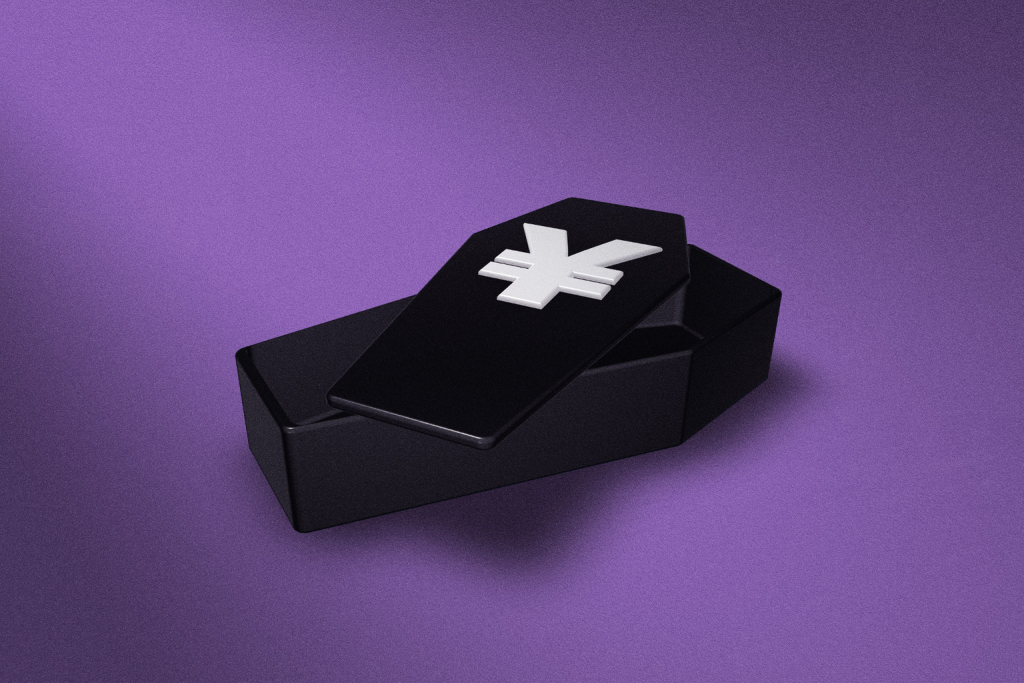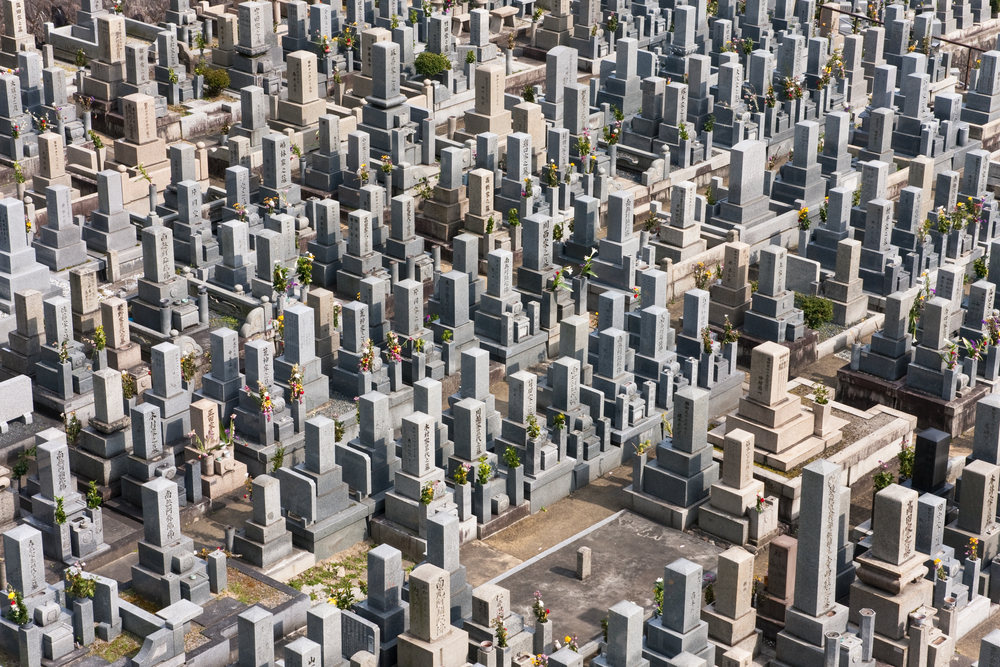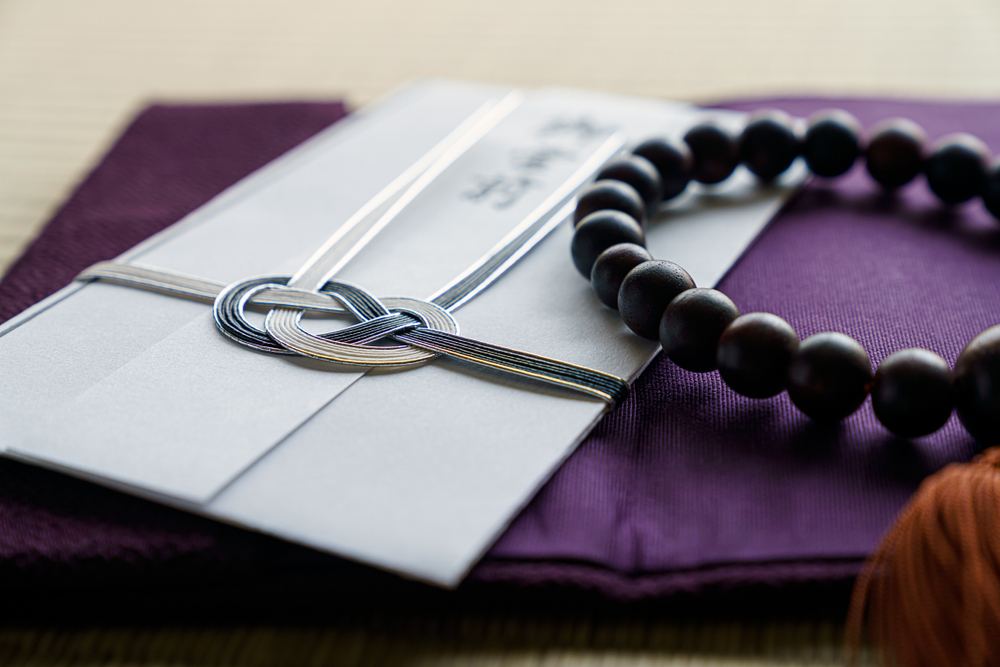There was much ado about Shinzo Abe’s state funeral last month and the expenditure of public finances to honor a leader who wasn’t always viewed in the most commendatory of lights. The funeral reportedly cost a whopping ¥1.66 billion, exceeding the ¥1.3 billion estimates of Queen Elizabeth II’s burial in September (though more recent estimates suggest it wasn’t as expensive as first thought).
A rarity for publicly elected officials in Japan, Abe’s state funeral was advocated in some sectors as an opportunity for the government to indulge in condolence diplomacy — have you ever heard a statement more devoid of human emotion? — while protestors argued that the money could be better spent elsewhere.
This got me thinking about death — a worthwhile pursuit, given that the specter of eternity spent floating in a cosmic abyss shadows us all — and how much one ought to pay when a loved one kicks the proverbial bucket.
In Japan, it turns out death, and what follows, is a costly affair. Around ¥1.1 million — about a quarter of the average annual salary — was the approximate 2021 average for burying the dearly departed.
Then there are the costs of the burial site and apparatus, which can be several hundred thousand yen a piece, depending on availability of the former, and materials and craftsmanship involved for the latter. Exhibiting paucity by choosing a cheap casket or run-of-the-mill headstone may invite judgment from less sensitive acquaintances at the funeral, likely forcing the hand of bereaving families in a society were keeping up appearances matters.
The amount of money poured into the funeral industry, valued at ¥1.8 trillion, is put into perspective when you consider that well over one million people die in greying Japan each year; a figure expected to max out at 1.66 million in 2040 as the baby boomer generation passes on.
In a collation of raw data from across the globe in 2020, SunLife insurance company put Japan as the most expensive country in which to die by a significant margin. According to SunLife’s findings, you could die in Germany, the US, the Netherlands and the UK simultaneously with enough spare change to die again in India, where the financial burden of expiring is equivalent to riding the Shinkansen from Tokyo to Osaka.
Shady Dealings?
All of this poses a question: Are the deceased’s family members being exploited by an industry when at their most vulnerable?
Putting a price on death is always going to be ugly, but unfortunately signs point to a degree of racketeering. The Japanese maxim “Born Shinto, live nonreligious, wed Christian and die Buddhist” is relevant here, as Buddhist priests are often paid upwards of ¥200,000 to read sutras and help guide the soul’s passage into the next life. Being anointed with a kamiyo, or posthumous Buddhist name, which is enshrined in a butsudan altar — a process strongly recommended by temples handling such ceremonies — could add an extra zero onto the bill.
Moreover, hospitals and funeral services frequently have established agreements with one another, leaving families with little control over proceedings or room for negotiation, which would be unbecoming in the circumstances. Cash also reigns supreme within the industry, encouraging non-negotiable tips for hearse drivers and funeral attendants, disproportionate payments for tea and snacks while your loved one is being cremated, and handing over wads of bills — the greater the largesse, the better the benefit — to potentially hoodwinking priests.
With such lucrative propositions on the table and few logistical roadblocks to founding a funeral company, it’s little wonder new players and bad actors have flooded the market. Boosted by “refugees” from the contracting wedding industry, a 2011 poll by the Ministry of Economy, Trade and Industry (METI) found that a third of Japan’s 2,796 funeral industry firms had been in business for a decade or less.
Cutting Costs
Koden, or condolence money, donated at guests’ discretion, can offset some of the funeral costs, though return gifts to each guest are customary. A tax break of up to ¥70,000 may also be available if one can provide sufficient evidence of a funeral service and cremation but is ineffective at tackling the real source of the mounting debt.
The trend of opting for smaller and less elaborate “family funerals” was already on the rise pre-Covid and the pandemic merely expedited this transition. Shortened to one-day events (compared with two-day funerals, which include a wake) and limited to close relatives, family funerals are a cost-cutting alternative and were in many cases necessitated during the government’s social distancing requests.
These accounted for around half of all funerals last year, likely contributing to the current ¥1.1 million average cost which is actually a decrease of around 40 to 50 percent compared with data from before the pandemic.
Moreover, price comparison websites have boomed in the digital era, negating funeral providers’ ability to upsell their services and making it easier for the bereaved to find a good deal. Private rent-a-monk services have also been established, providing funeral services for as little as ¥35,000, while DIY funeral kits, mail-order funeral services, drive-thru funerals, tree burials and robot priests to preside over the ceremony exemplify budget-friendlier innovations disrupting the industry.
Japan may not be religiously devout in the definitional sense, but spirituality and sacred traditions play key roles in the significant events of a person’s life — none more so than death. It is therefore difficult to countenance priests and funeral services swindling grieving people in the name of a religion that supposedly forgoes materialism.
The funeral industry shrinking is good news for the consumer — for want of a more sensitive term — and will hopefully force an exodus of the more exploitative market operators. But Japan is facing a twin-pronged cost-of-living and cost-of-death predicament. Abe’s state funeral has served as a reminder that the latter too is in need of addressing.











